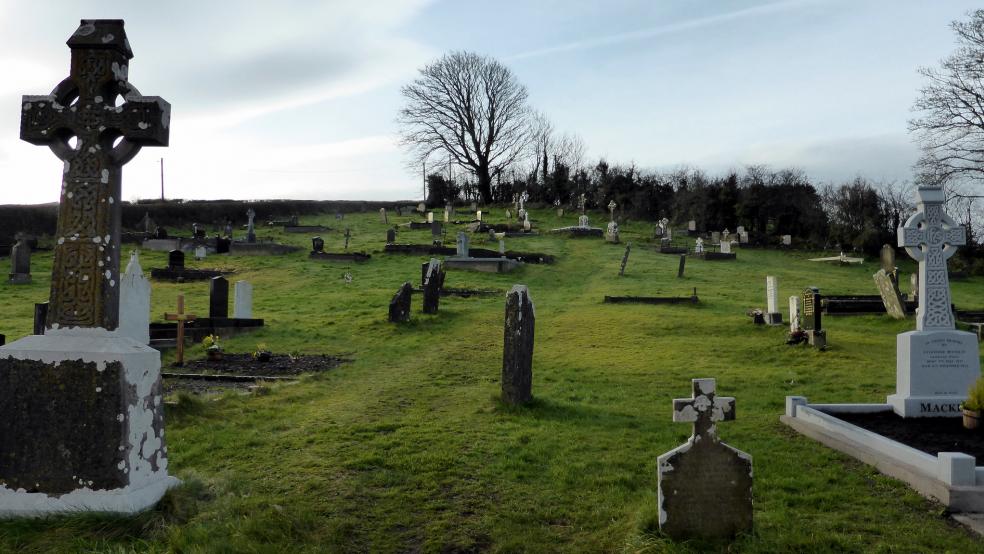White, middle-aged Americans have been dying at a startlingly high rate over the last 15 years, according to a new report in the Proceedings of the National Academy of Sciences. The authors, including a newly minted Nobel Prize winner in Economics, write that, if mortality rates hadn’t taken a surprising turn starting in 1999, nearly 500,000 more Americans would still be alive.
This kind of increase in mortality rates for a large demographic group in an industrialized country is almost unprecedented — almost. The only other example in recent decades happened in Russia from 1990 to 1994, when life expectancy for men dropped from 64 to 57 years and the number of suicides rose sharply.
Related: The Rapidly Rising Death Toll of the Heroin Epidemic
The trends in the U.S. and Russia have similar underpinnings. The mortality rate for white Americans with no more than a high school education aged 45 to 54 grew by 22 percent from 1999 to 2013, while death rates for all other demographic groups in the U.S. continued to decline over the same period. The two Princeton economists behind the recent study, Nobel laureate Angus Deaton and Anne Case, link the rising death rate among middle-aged whites to a massive uptick in suicides and illnesses stemming from increased alcohol and drug abuse. Research has found similar causes for the Russian mortality crisis, with heavy drinking leading to high suicide rates and cardiovascular disease.
The similarities go further. The U.S. population seeing such a scary rise in mortality is experiencing increased financial stress and an uncertain future, much like the circumstances that the Russian men were facing because of the chaotic dissolution of the Soviet Union.
Median household incomes among white Americans began falling in the late 1990s, hitting hardest those with a high school education or less. When the economy cratered in 2008, this part of the population was disproportionately affected because their low education levels made it much harder for them to switch to higher-paying jobs or even find jobs at all.
The jump in the death rate among poorly educated white Americans has been so great that it has the mortality rate for the entire group of middle-aged white Americans, the study found. It also found that middle-aged whites are declining in physical and mental health, suffering increases in chronic joint pain, neck pain, sciatica and general disability. Individuals with the lowest levels of education reported the most pain and the worst overall health.
Related: Billion Dollar Drugs: America’s 10 Top Selling Medications
The trends revealed in the new paper could have major implications for the health care system, including the potential for increased costs for federal health care and safety net programs.
“A serious concern is that those currently in midlife will age into Medicare in worse health than the currently elderly,” the authors write. “This is not automatic; if the epidemic is brought under control, its survivors may have a healthy old age. However, addictions are hard to treat and pain is hard to control, so those currently in midlife may be a “lost generation” whose future is less bright than those who preceded them.”





